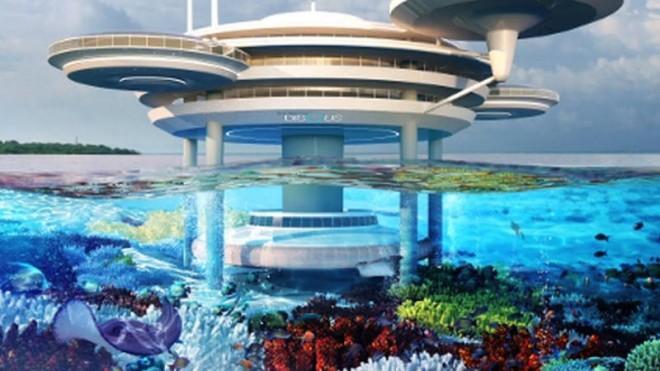But it’s also human nature to persevere, and that’s what architect and designer Vincent Callebaut is planning to do.
The Belgian architect has developed enormous plans for developing entire cities in the world’s oceans. Named Aequorea (after a species of bioluminescent jellyfish), Callebaut’s designs for unique homes create beautiful, almost-alien visions of the future.
But what could they possibly be built from? With our world facing shortages of so many materials, there’s one resource we have in abundance: trash.
And while automated trash-collecting machines have been developed to clean oceans — like Mr. Trash Wheel, who’s cleaning up the Jones Falls River and Baltimore Harbor — the trash could still be used for something, maybe even constructing the home of the future.
Callebaut’s plan is to use the thousands of tons of trash in the Earth’s oceans and waterways to build these cities. Combined with algae, the plastics would be broken down and recreated into building materials. The components would be 3D printed and linked together to form futuristic spires and domes for these floating cities.
Check out his concept art for Aequorea, and see if you can imagine living in the ocean and seeing marine life cruising by your windows every day. It’s a pretty mind-bending concept!
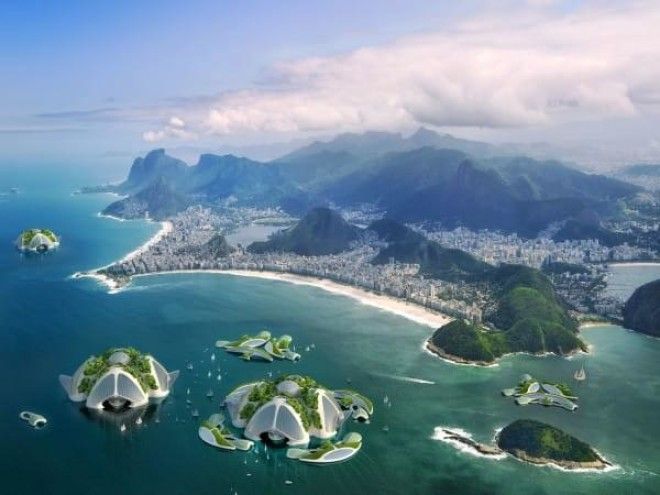
Obviously Aequorea still only exists in a concept phase, but it’s designed to be a perfectly sustainable dwelling place for human beings.
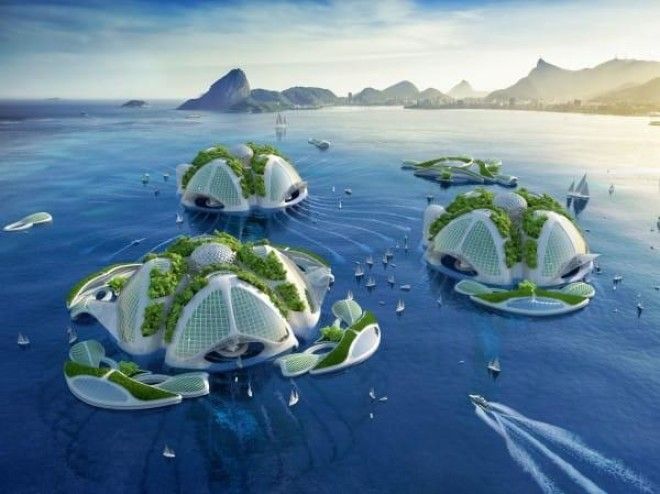
Concerned with the environmental strains our current way of life is putting on the planet, Callebaut decided to look ahead, and see what other options we might have to live in harmony with nature.
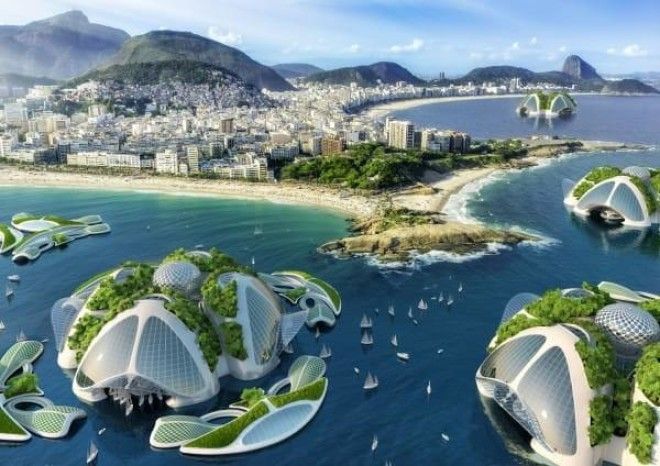
Ideally, the cities would recycle everything and combat the increasing acid levels of the ocean. The structures are modeled off seashells, which use the calcium carbonate present in seawater to form an outer shell — hence the inclusion of biological materials in the buildings.
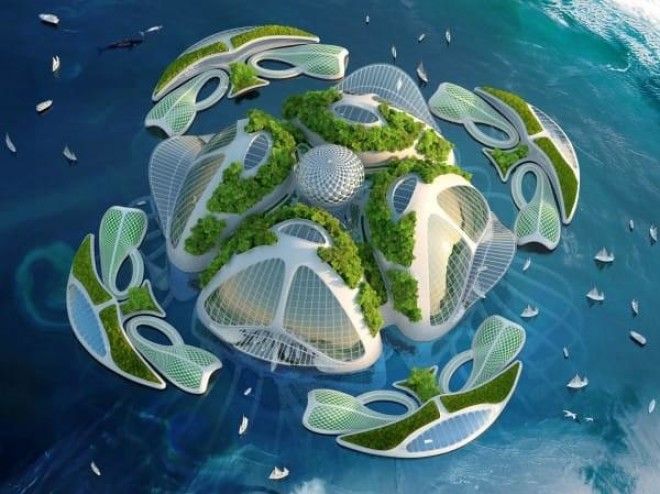
Each “village,” like the one seen here, would be capable of supporting 20,000 people.
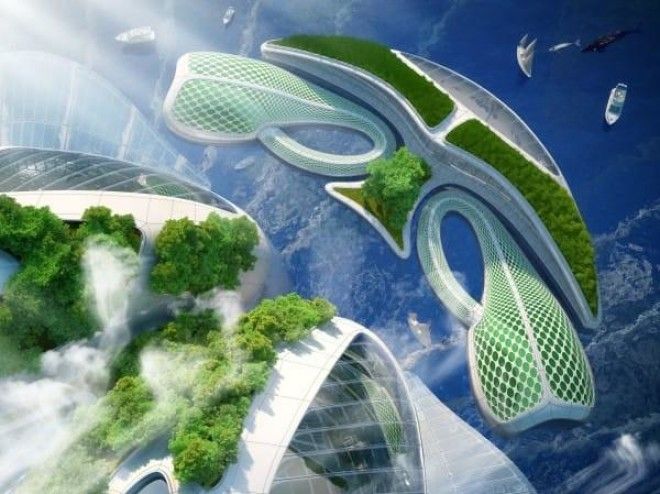
He also imagines humans using nature and living organisms for heat, light, and power, so that reliance on fossil fuels may be given up entirely.
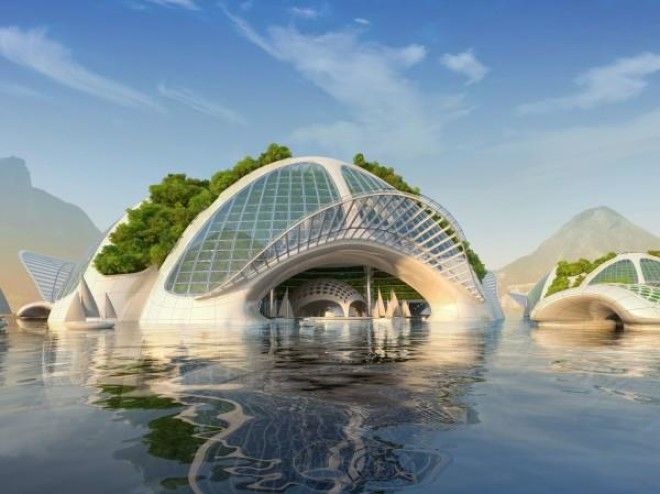
Above the water’s surface, there would be huge gardens for growing food, which would also help preserve biodiversity. And there would of course be plenty of fishing.
Advertising
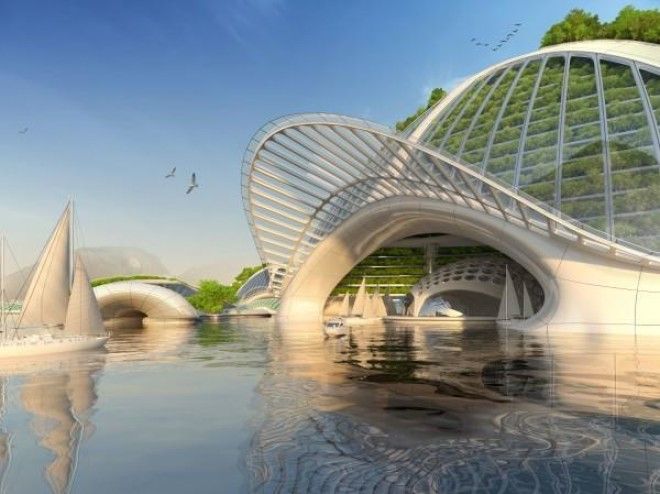
And naturally, plans have been made to deal with the ocean’s currents and pressure.
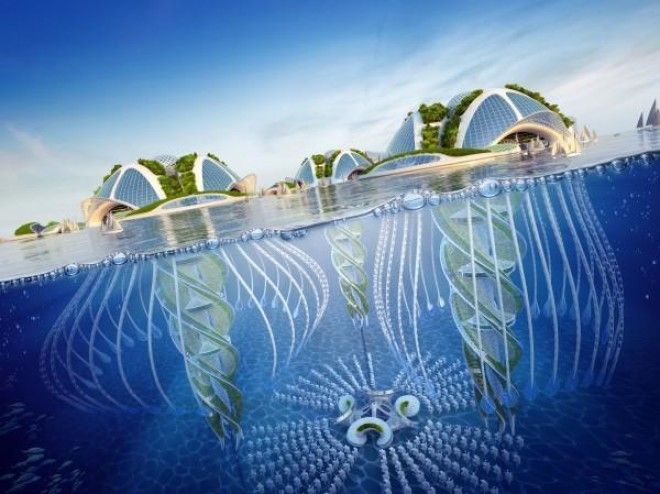
Light, Callebaut says, would be generated by bioluminescent organisms, and the ocean currents would propel turbines for power and climate control.

And everything, from air to human waste, would be recycled by microorganisms.
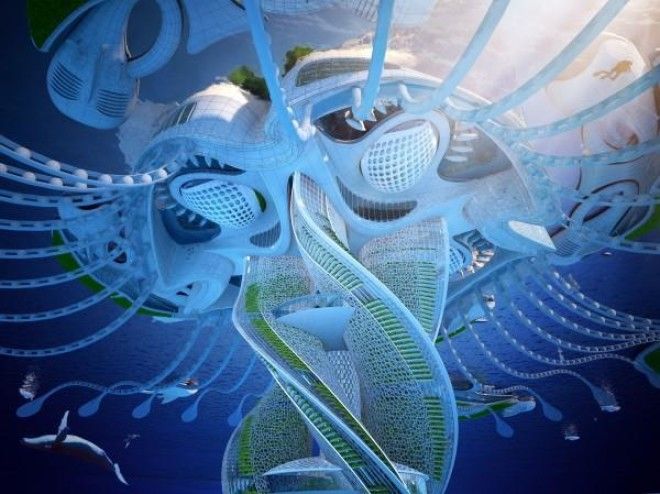
It seems fantastical, like something out of a science fiction movie, but it represents Callebaut’s hope for Earth’s future, where all people can live in a peaceful, healthy, and sustainable way.
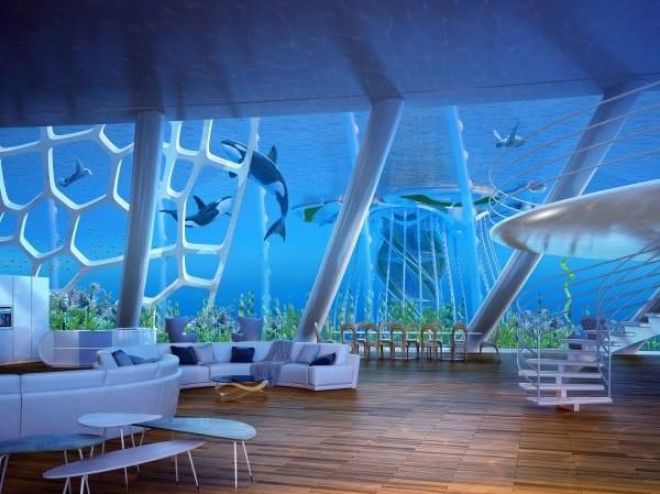
Callebaut’s vision even goes beyond the everyday needs of an oceanic city. In his dream of the future, there is economic stability, world peace, and cures for the diseases that plague so many today.
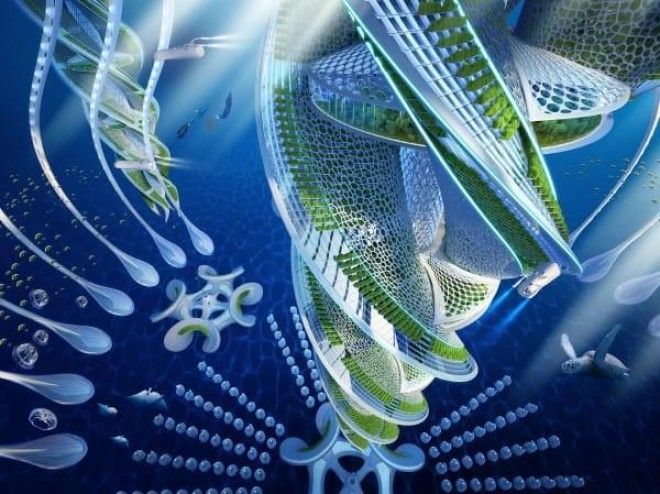
And this isn’t the only design Callebaut’s come up with, although it may be the most ambitious. He’s also proposed “smart” cities, and plans to make existing urban centers completely sustainable and eco-friendly.
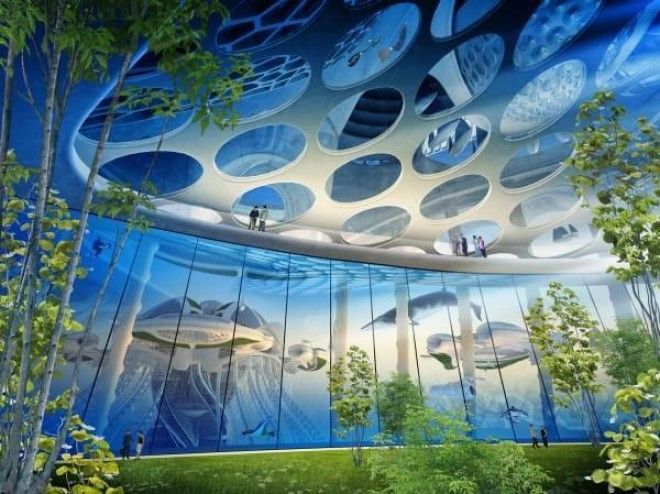
While Aequorea might be a city of the future, he’s also working to turn today’s cities into places that can actually make the Earth a healthier place.

Many of Callebaut’s designs use biological features, like microorganisms and living plants, as part of their structures and functionality.

Looking at them now, they might seem completely alien and strange, but Vincent’s designs are actually tied incredibly closely to the Earth.

And who knows? While Aequorea may never come to be, maybe ideas like this will inform the future of urban planning and city-building, and help us move toward a more eco-friendly future.
